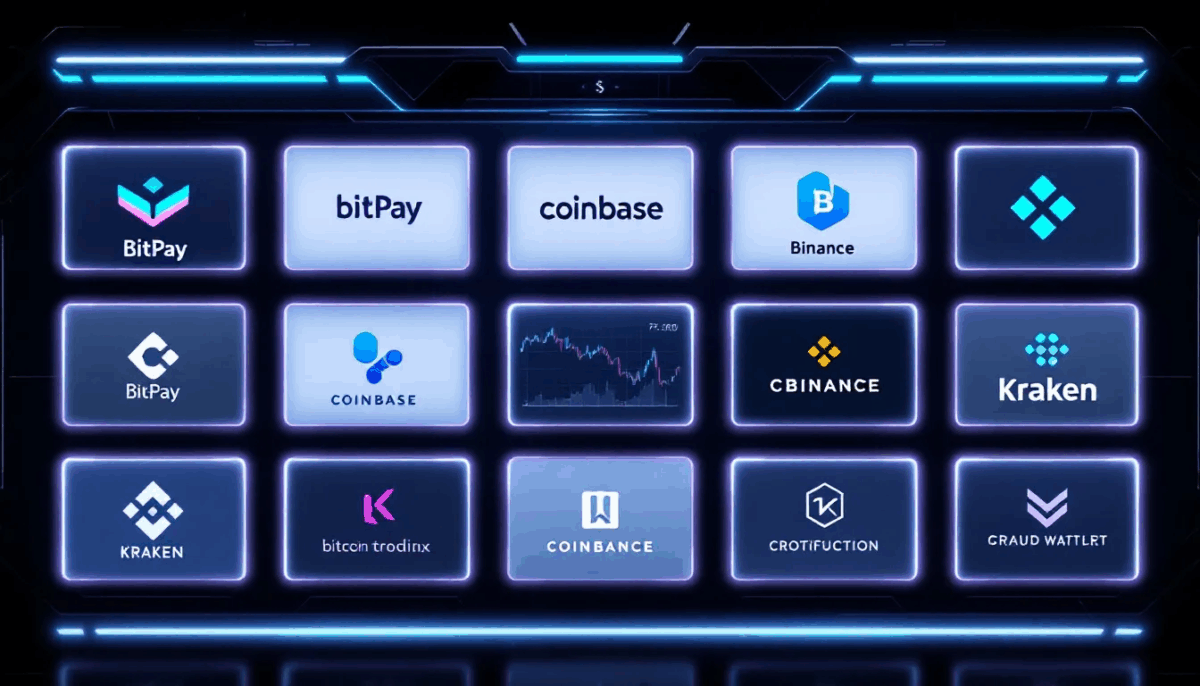Cardano distinguishes itself in the cryptocurrency landscape as a proof-of-stake (PoS) blockchain platform, uniquely rooted in peer-reviewed research and developed using evidence-based methodologies. This innovative blockchain is designed to transform the operation of decentralised applications and systems fundamentally.
At its core is Ouroboros, a groundbreaking protocol that promises security and sustainability. It is a first of its kind to undergo rigorous peer review, setting a new standard in blockchain security. As a PoS protocol, Cardano significantly reduces the energy consumption associated with the proof-of-work (PoW) mining used by platforms like that of Bitcoin. This efficiency is achieved by eliminating the need for massive computing resources. The Ouroboros protocol is central to Cardano’s mission of decentralisation, allowing it to scale globally without compromising security.
The Foundation
Launched in 2017 by Charles Hoskinson, who is also a co-founder of Ethereum, Cardano represents a shift in blockchain philosophy. Hoskinson’s departure from Ethereum in 2013, following a disagreement over its commercial direction, led him to create a blockchain that was more scalable, interoperable, and sustainable. He then established three entities together with partners in Japan and Switzerland: the Cardano Foundation, Input Output (IOHK), and Emurgo – to develop this new ecosystem.
ADA: The native cryptocurrency
Named after the 19th-century mathematician Augusta Ada Lovelace, $ADA is Cardano’s native token. With a capped supply of 45 billion tokens, $ADA is designed to be deflationary over time. However, an inflationary trend is expected until a significant portion of the reserves is circulated, projected to start around 2030.
The token serves multiple purposes: it’s used for transaction fees on the platform, and as rewards for validators in the PoS system. Similar to other cryptocurrencies, $ADA can be traded for various fiat currencies as well, including the United States dollar. Additionally, it offers flexible storage options, allowing users to securely keep their tokens in both hot wallets (online) and cold wallets (offline), catering to different needs for accessibility and security.
The four layers of Cardano
Cardano’s architecture comprises four layers, each playing a crucial role:
- The Settlement Layer: This foundational layer governs blockchain entities and serves as the base for all other components.
- The Consensus Layer: Implementing the Ouroboros PoS protocols, it enhances security while reducing energy consumption.
- The Networking Layer: This facilitates peer-to-peer interactions, ensuring efficient and secure communication between nodes.
- The Scripting Layer (Plutus): Providing smart contract capabilities, Plutus is essential for the network’s flexibility and functionality.
The Roadmap
Cardano’s development journey is structured into five distinct eras. They are each named after a historical figure and focus on specific aspects of the platform’s growth and capabilities.
Each era in Cardano’s roadmap builds upon the previous, progressively enhancing the network’s capabilities and ensuring that it remains adaptable and resilient in the ever-evolving world of blockchain technology.
- Byron Era: This initial phase marked the launch of the Cardano network. It laid the groundwork for the platform, establishing the necessary infrastructure for a decentralised, proof-of-stake blockchain. The Byron era focused on creating a robust and scalable network, ensuring that users could buy, sell, and transfer $ADA with ease.
- Shelley Era: The Shelley phase represented a significant leap towards decentralisation. It introduced staking and delegation mechanisms, allowing $ADA holders to participate in the network’s operation and earn rewards. This era aimed to make the Cardano network 50 to 100 times more decentralised than other large blockchain networks, enhancing security and broadening participation.
- Goguen Era: Goguen brought a transformative change to Cardano by integrating smart contract capabilities. This era enabled developers to create decentralised applications (dApps) on the Cardano blockchain, significantly expanding its functionality and potential use cases. The introduction of Plutus, a smart contract development language, and Marlowe, aimed at financial contracts, were key highlights of this era.
- Basho Era: Focused on optimisation, scalability, and interoperability, the Basho era is designed to enhance the performance of the Cardano network. This phase involves improving the underlying infrastructure to support higher transaction volumes and better interoperability with other blockchains. The introduction of side chains is a critical component of this era, allowing for off-chain computation without compromising the network’s security.
- Voltaire Era: The final stage in Cardano’s roadmap, Voltaire, aims to introduce a self-sustaining system. This era will implement a treasury system and governance model, enabling network participants to propose and vote on future developments and funding decisions. The Voltaire era represents the culmination of Cardano’s journey towards a fully decentralised and community-governed blockchain platform.
Cardano’s functionality
Driven by its PoS protocol, Ouroboros, Cardano offers energy-efficient transaction processing and ensures high security and decentralisation. Users can participate actively in the network by staking their $ADA tokens, either directly or through delegation to staking pools, contributing to network operations and earning rewards. The introduction of smart contract capabilities with the Goguen era has further expanded Cardano’s utility, enabling developers to build a variety of decentralised applications (dApps) on its platform. This was implemented through the Alonzo update in 2021.
Cardano’s unique layered architecture, comprising the Settlement and Computation layers, facilitates efficient transaction processing while providing flexibility for smart contract execution. Looking ahead, Cardano’s focus on scalability, interoperability, and a community-driven governance model positions it as a forward-thinking and adaptable blockchain platform, poised to address the evolving demands of the digital economy.








